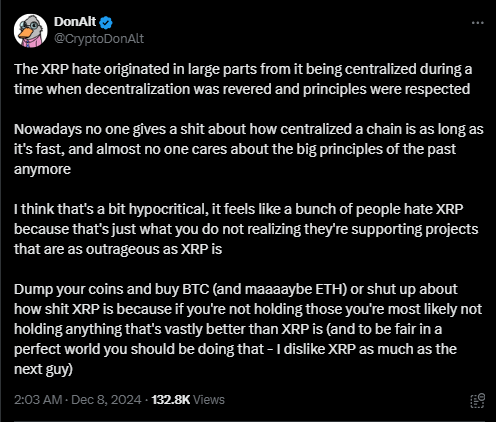 Welcome To Greener Candles!
Welcome To Greener Candles!
This crypto-focused #threadcast is packed with news & hot topics inviting all crypto enthusiasts to engage.
- Newbie friendly, ask questions, share your stuff!
- Also serves as a newsletter
- Curated alpha
- Join the fun and let's get this up there! 🟢














